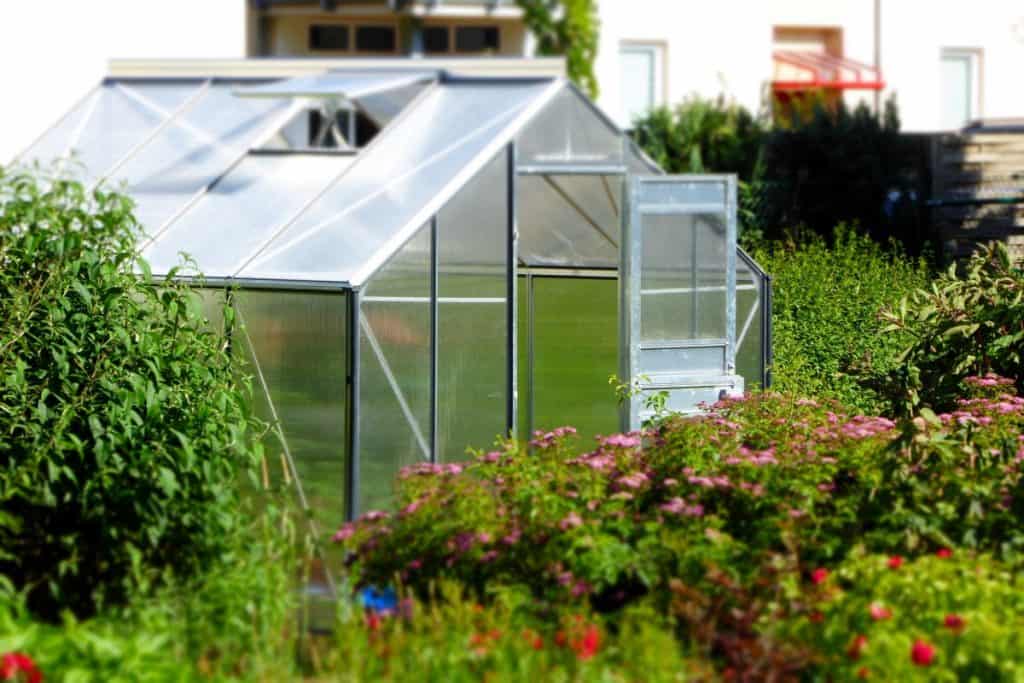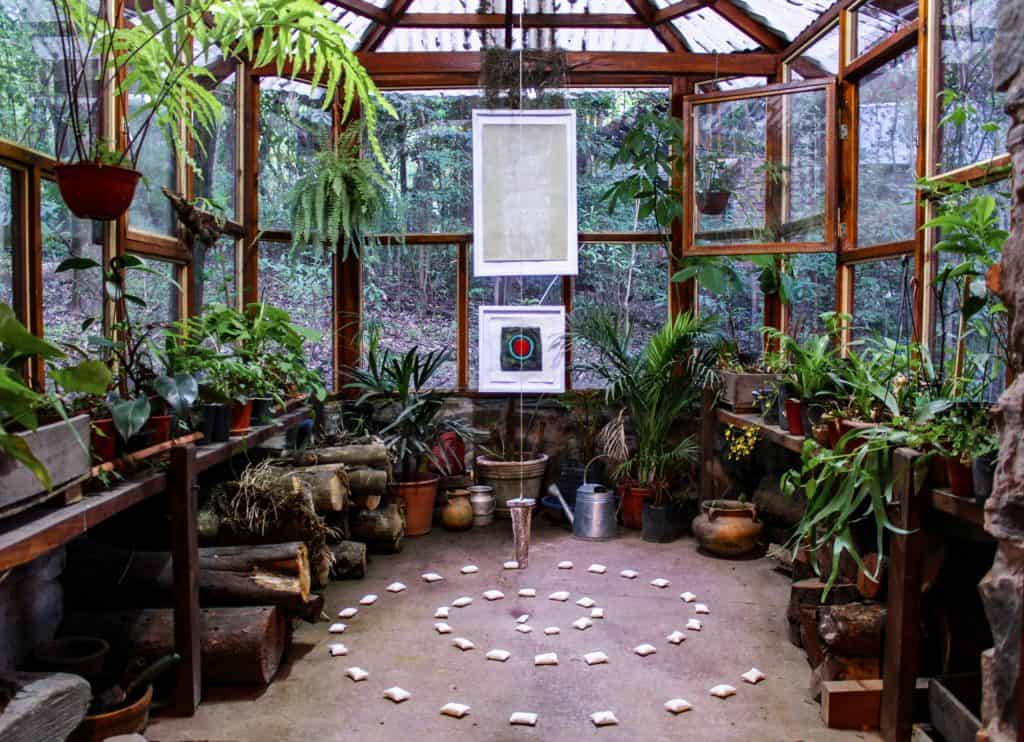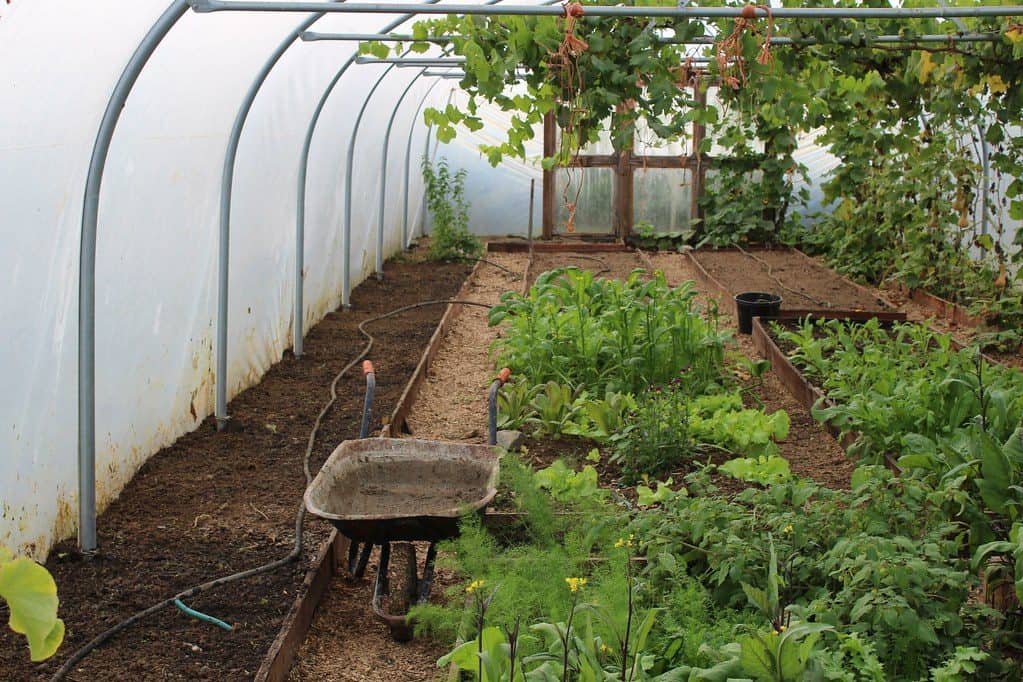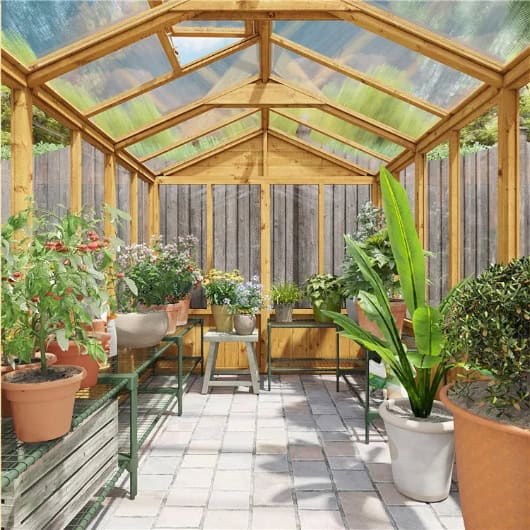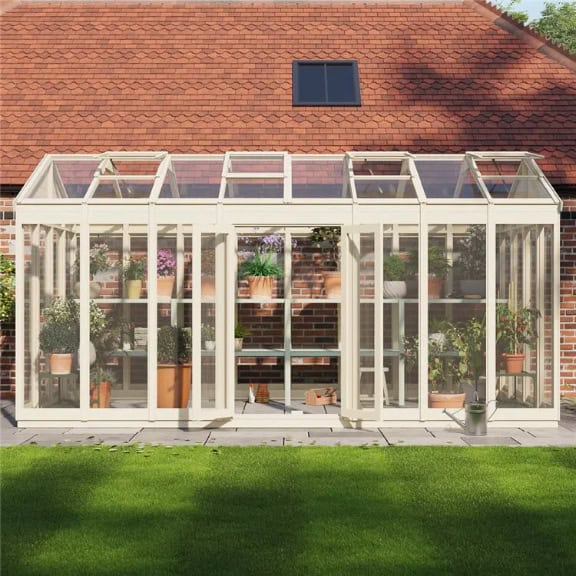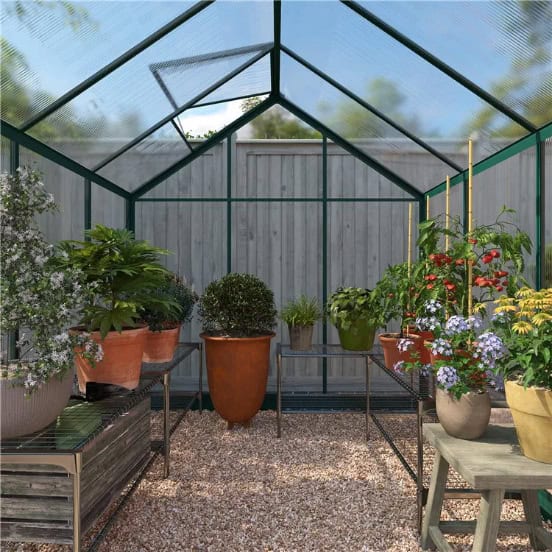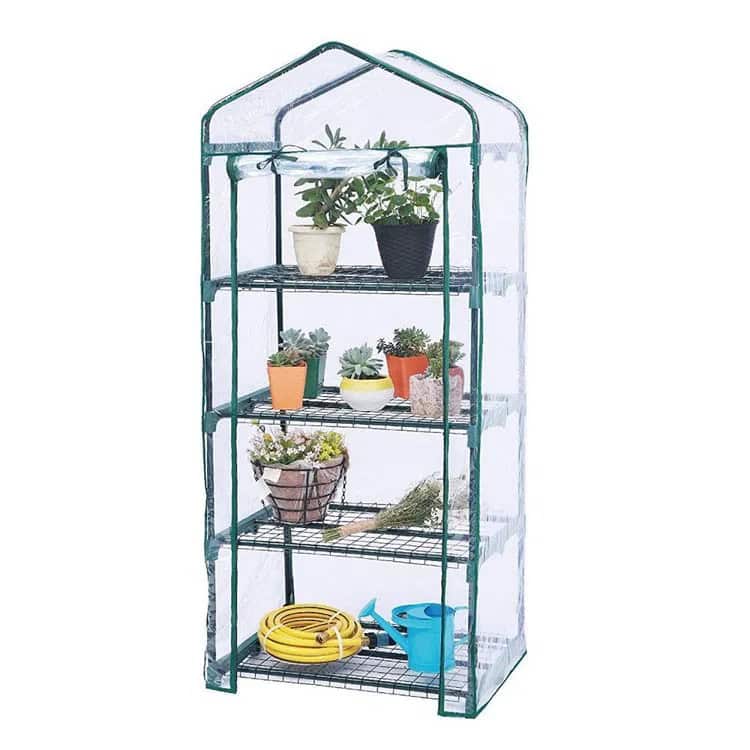Jump to:
Having a greenhouse means all-weather gardening and an extended growing season. To make the most of these benefits, however, there’s a lot to consider. This begins with choosing the right structure for your needs. The unit you go for will come down to a few key factors, like:
- How you want to use it
- Space and location
- Types and materials
- Extra features
- Alternatives
This guide walks you through the key points to keep in mind while you’re on the hunt for a greenhouse.
Growing with Garden Greenhouses
Greenhouses open up new possibilities for gardening, and gardeners at all levels benefit from them. They provide a more efficient growing experience – perfect for budding green thumbs! But what makes these structures worthwhile is the bonus of an extended harvest season. Whatever greens you wish to grow will stay protected and thrive, no matter the weather.
The perks can also vary depending on the type of greenhouse. This guide, ‘Why Should You Invest in a Metal Greenhouse: The Benefits,’ makes a great example.
Let’s get into detail what to consider when choosing a greenhouse:
1. How do you want to use it?
(Image Credit: Wikimedia Commons)
A large greenhouse is great, but it may not be worth it if you only plan to start a few seeds. In that case, a small greenhouse could be the better choice, especially for just a couple of plants.
What types of plants do you want to grow, and what is your growing timeframe? Suppose you are aiming for a year-round harvest, especially in the fall. A larger unit would be a better option if you want to grow a variety of seedlings.
2. Where will you put it?
How much room do you have in your garden for the greenhouse? Small models can fit on porches or in corners, while large units can take up a lot of space.
The location is as just important as the space. This isn’t just an “over here or right there” decision-making. It affects the temperature, light exposure, and humidity, so where you place your greenhouse can make all the difference.
This guide, ‘How to Position Your Greenhouse: Choosing the Best Spot,’ will give you more information. Be sure to give it a read!
3. Which type of material should you go for?

Focus on the greenhouse’s structure and siding when it comes to the material. The framework is generally made of wood, metal, and aluminium (polycarbonate) or PVC. Here are your options:
- Wooden greenhouses: Timber is known for its incredible insulating properties. The material helps absorb the rays during the day and contains heat during the night. This makes the structure environmentally controlled, in turn. If you wish to extend your growing season in winter, go for a wooden greenhouse.
- Metal greenhouses: This type offers a solid construction base, making them more load-bearing. One of its main advantages is that the structure is lightweight and almost maintenance-free. Plus, the aluminium material means they can last longer. A metal greenhouse is your best option if you’re after a portable unit for your gardening needs.
- Polycarbonate greenhouses: Polycarbonate is a durable type of plastic. The material is thicker than glass, which means it provides better light diffusion. Even better, it acts as a natural ultraviolet filter. If you want to save money while giving your plants top-notch protection, you can’t go wrong with a polycarbonate greenhouse. The frame of a polycarbonate greenhouse will be either wood or metal, as above.
The siding can be built with plastic, glass, fibreglass, polycarbonate, or polyethene. The material chosen for one aspect affects the others. For instance, PVC greenhouses have plastic or polyethene sides, while steel or wooden structures support glass or polycarbonate panes.
4. Are there any extra features you’re interested in?
If your greenhouse only comes with the bare bones, like the framing and siding, it might need extra features. For instance, shelving units and a potting shed table must be purchased separately. Additional costs, such as ventilation, are also crucial when deciding on a unit.
Take a cue from the BillyOh 4000 Lincoln Wooden Polycarbonate Greenhouse with Roof Vent. The included vent offers excellent control over heat and moisture while allowing in natural light.
A lack of ventilation is like keeping your plants in a sealed plastic bag, suffocating them to death. But with a proper system, your plants will get the right temperature, moisture, and airflow. You can install an automatic vent opener yourself, but you’re lucky if you find a greenhouse that already has one!
5. What are your other options?
Polytunnel is a cheap alternative to standard glass greenhouses. You can grow summer crops such as tomatoes and winter crops like lettuce in one. But keep in mind it can’t hold heat well in winter, so it may not provide enough protection for your plants.
A combi shed combines the light and heat of a timber-frame greenhouse and the storage of a garden shed. It usually features a section with windows for cultivating and another for storing tools. It’s a great-value option that will save you twice the cost of a greenhouse and a shed.
Where to Buy Quality Greenhouses?
You can find greenhouses at garden centres or online, like at Garden Buildings Direct. Check out our offers below:
BillyOh 4000 Lincoln Wooden Polycarbonate Greenhouse with Roof Vent
The Lincoln greenhouse has a strong timber frame and a traditional design, with enough space for storage. The vent allows good control over heat and moisture while letting in plenty of light. The double polycarbonate glazing ensures your plants receive sufficient natural light.
Available in pressure-treated option for longevity.
BillyOh 4000 Lincoln Wooden Clear Wall Greenhouse with Roof Vent
This upgraded version of the Lincoln polycarbonate greenhouse features clearer walls for better visibility. The roof vent has high-quality transparent styrene glazing—a safer alternative to glass. The wide-opening double doors make it easy to move items in and out.
BillyOh Switch Apex Wooden Greenhouse
The Switch features a stylish apex roof that maximises light exposure and ventilation. It uses channelled polycarbonate roof glazing, offering excellent insulation, structural strength, and effective water drainage for year-round use. Also available in pressure-treated option for extended BillyOh guarantee.
This greenhouse also comes in a huge range of sizes: from 4×8 feet all the way up to 20×8 feet.
BillyOh Rosette Hobby Aluminium Polycarbonate Greenhouse
The Rosette is easy to access with its sliding double doors, making it a great fit for your garden. Thanks to the large windows and two opening roof vents, it keeps the inside at an ideal temperature. The shatterproof glazing enhances the greenhouse’s durability and strength. Plus, a galvanised steel base for stability.
Greenhouse with Easy-Fit Frame and Heavy Duty Cover
This compact greenhouse allows you to care for your seedlings and young plants without taking up too much space. It’s easy to assemble and move around while staying secure, with durable, painted steel frames that support up to 10kg each.
The strong PVC cover wraps around the unit, ensuring your plants get enough light while shielding them from harsher weather. When accessing, simply unzip, roll up, and tie the cover back.
Round-up
There’s a wide selection of greenhouses to choose from. Before you invest, take some time to think about your needs and goals. May this guide help you find the right one. And once you do, it’s time to learn how to manage it and grow effectively. Check out our greenhouse gardening tips next! Or click the button below to browse our entire range of greenhouses.
Shop Greenhouses
